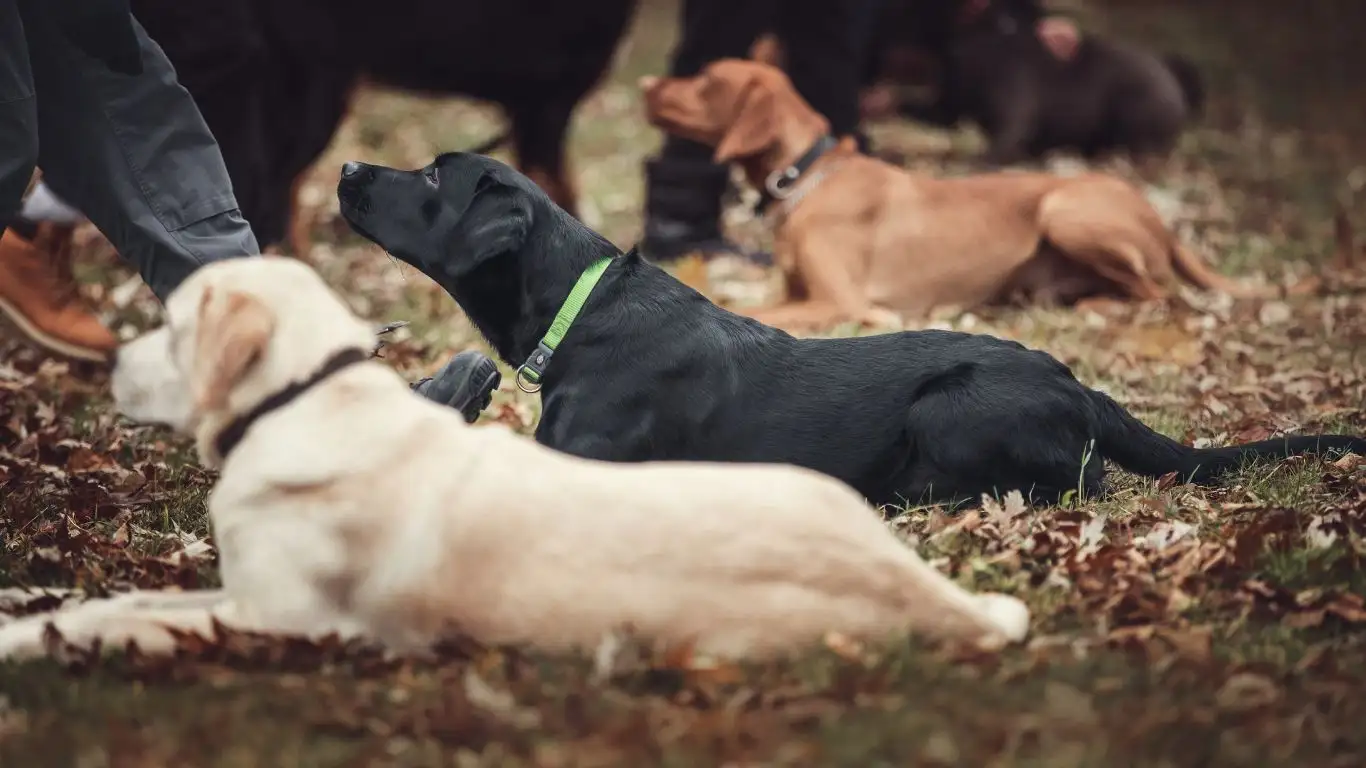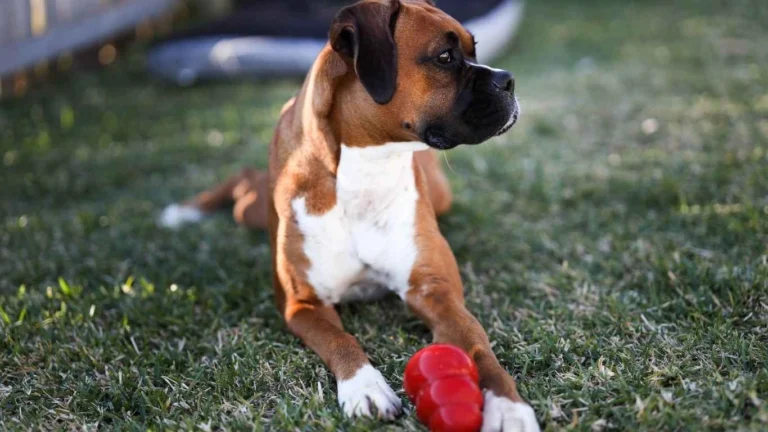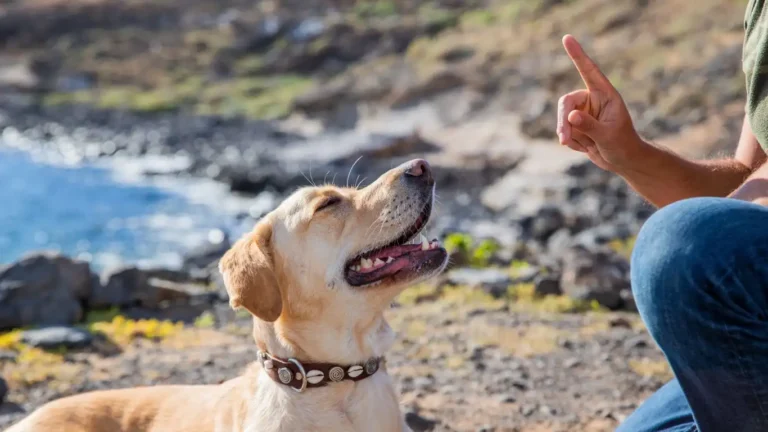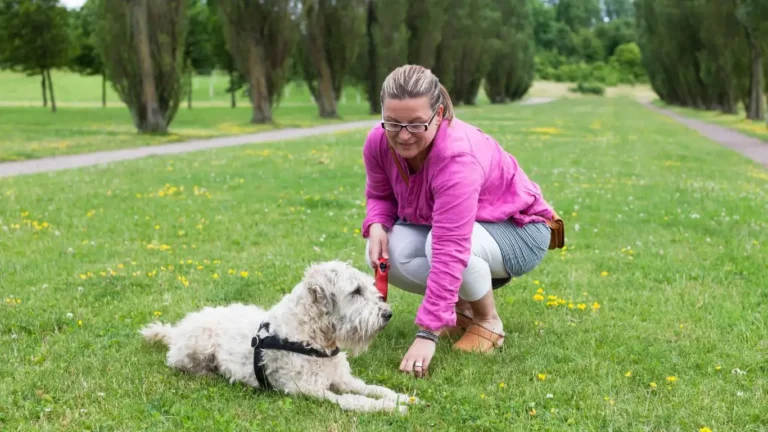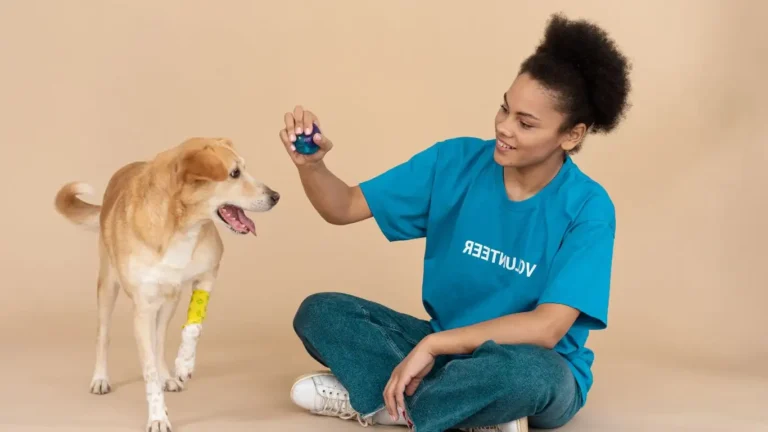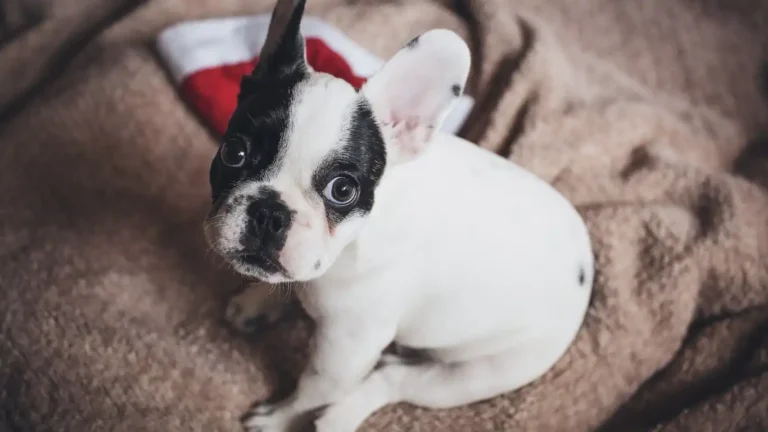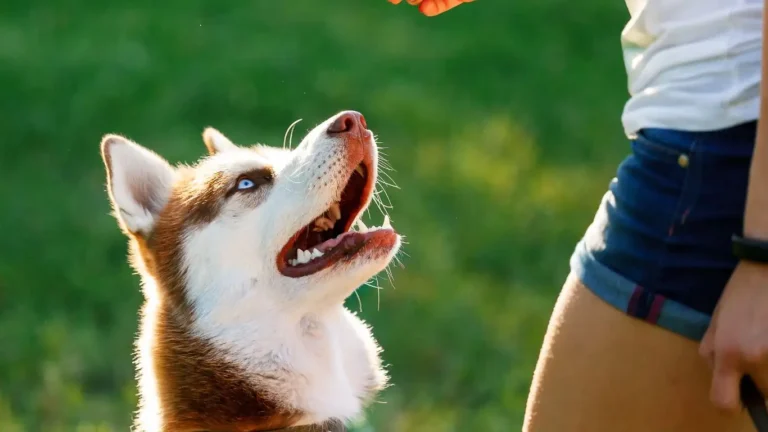How to Train a Dog to Enjoy Being Brushed: Calm, Happy Grooming Tips
Let’s be real—brushing your dog isn’t always a tail-wagging experience. Some pups love it from the get-go, but for many, that grooming brush might as well be a medieval torture device. I’ve worked with dozens of therapy dogs and companion pups over the years, and I can tell you with confidence, it doesn’t have to be a struggle. If you’ve been searching for tips on how to train a dog to enjoy being brushed, you’re in the right place. Whether you’ve got a nervous rescue or a headstrong husky, there are ways to make brushing a positive, even bonding, routine. Trust me—I’ve seen dogs go from hiding under the table at the sight of a slicker brush to practically begging for their spa time.
Understanding Why Your Dog Hates Brushing
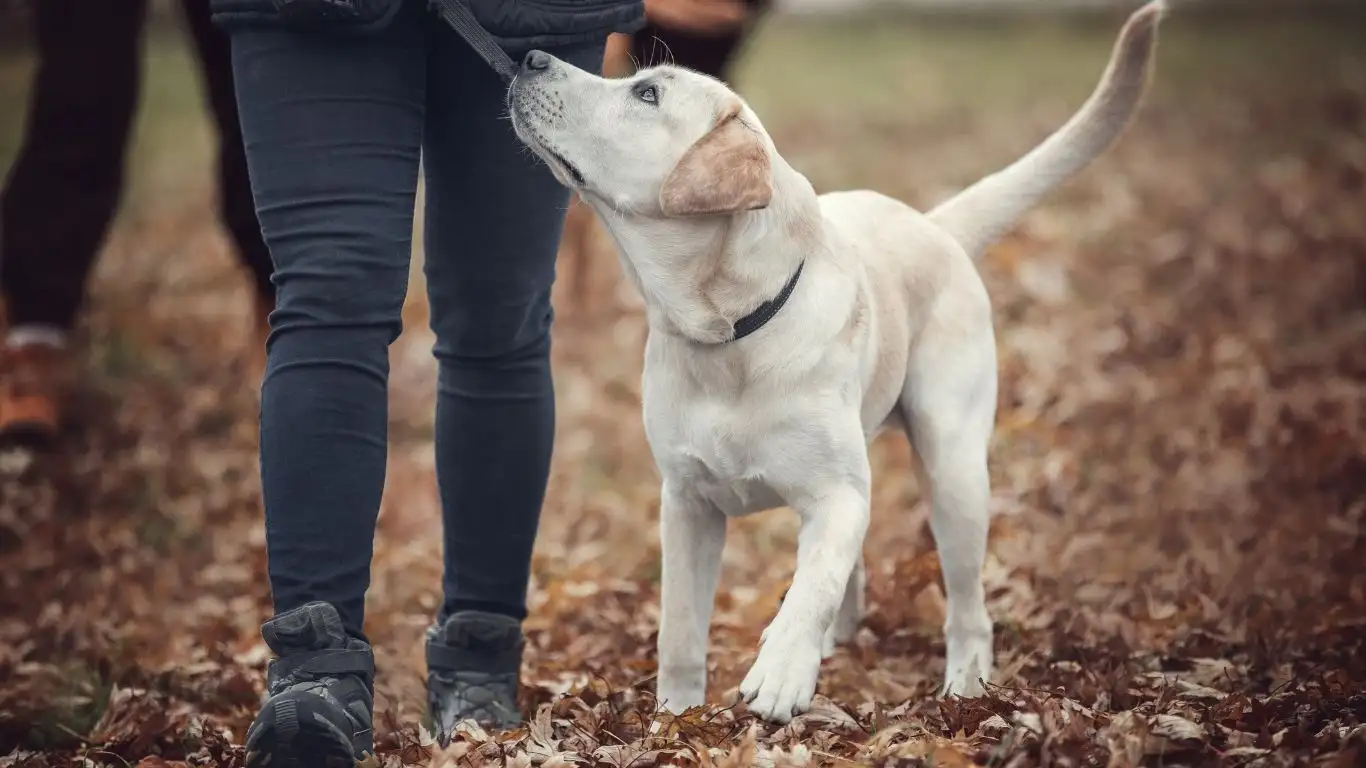
It’s Not Just the Brush—It’s the Experience
Imagine someone dragging a hairbrush through your hair with zero warning, no explanation, and definitely no chocolate afterward. That’s kind of what brushing can feel like for your dog, especially if they’ve had a bad grooming experience in the past. Dogs remember. If brushing time has ever meant tugging at knots, holding them down, or that scary *snap* sound from the brush, they’ll naturally resist it.
Fear, Sensitivity, and Lack of Familiarity
Some dogs are just naturally more sensitive to touch. I’ve worked with Golden Retrievers that flinch at the lightest contact and Pit Bulls that love a rough scratch but can’t stand the brushing motion. Every dog is different. If they weren’t introduced to brushing during puppyhood, it’s just… foreign. Add in fear of restraint or unfamiliar tools, and you’ve got a recipe for a brushing battle.
Start Slow and Build Trust First
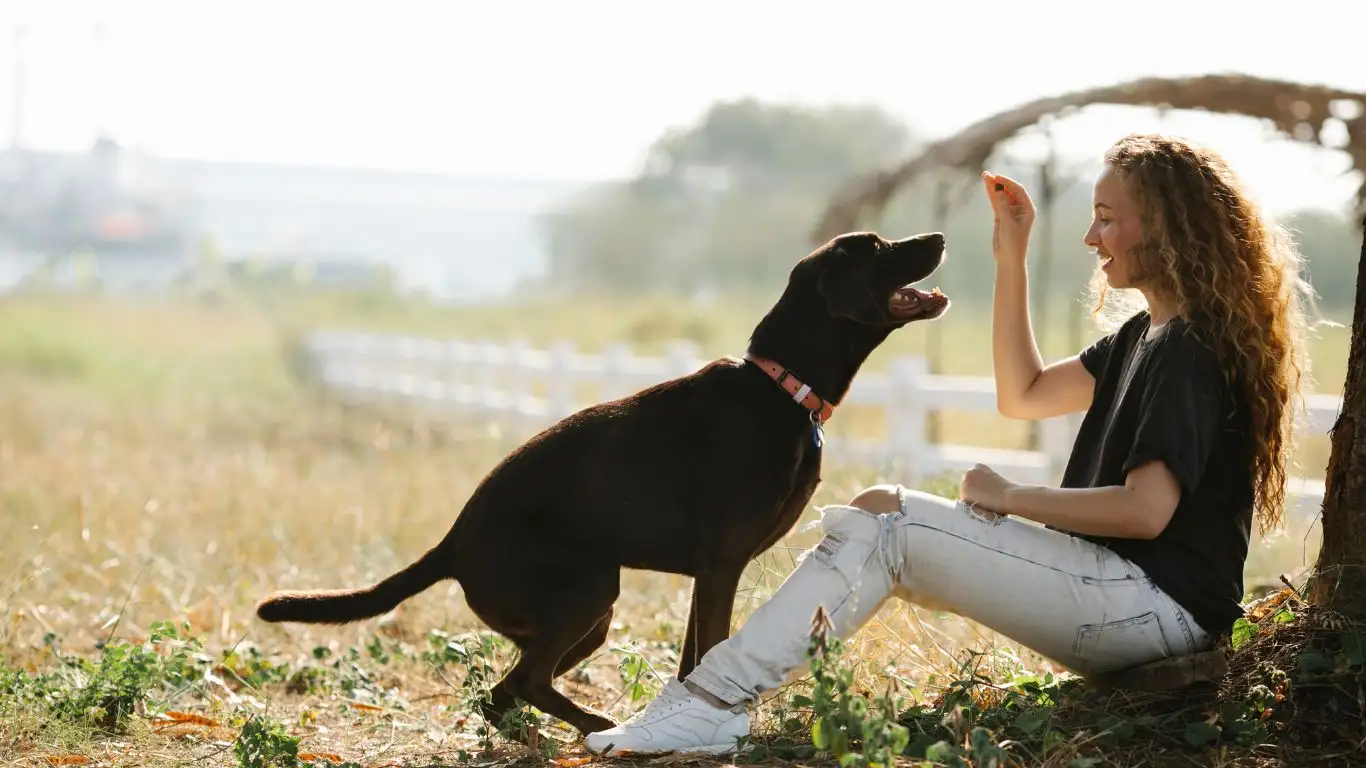
Let the Brush Become a Friend
One of the first things I teach new handlers in therapy dog training is that trust isn’t automatic—it’s built. Start by simply letting your dog sniff the brush. Don’t try to sneak in a stroke. Just let them get familiar with its presence. Leave it around during playtime. Bring it out when they’re relaxed. The goal is to make the brush part of their normal environment, not some weird alien object that pops up before they get manhandled.
Use Positive Association (Yes, Treats Are Involved)
Dogs learn by association. You want your pup to think, “Oh sweet, here comes the brush! That means I get chicken.” Every time the brush comes out, offer a small treat. Don’t brush yet—just treat. Once they get comfortable with the brush being nearby, start touching their fur with the back of it—no bristles yet. If they stay calm, reward immediately.
- Tip: Use high-value treats—boiled chicken, liver bits, or their absolute favorite snack.
- Bonus: Try pairing brushing with a calming activity like a chew or licking mat.
Read Your Dog’s Body Language Like a Pro
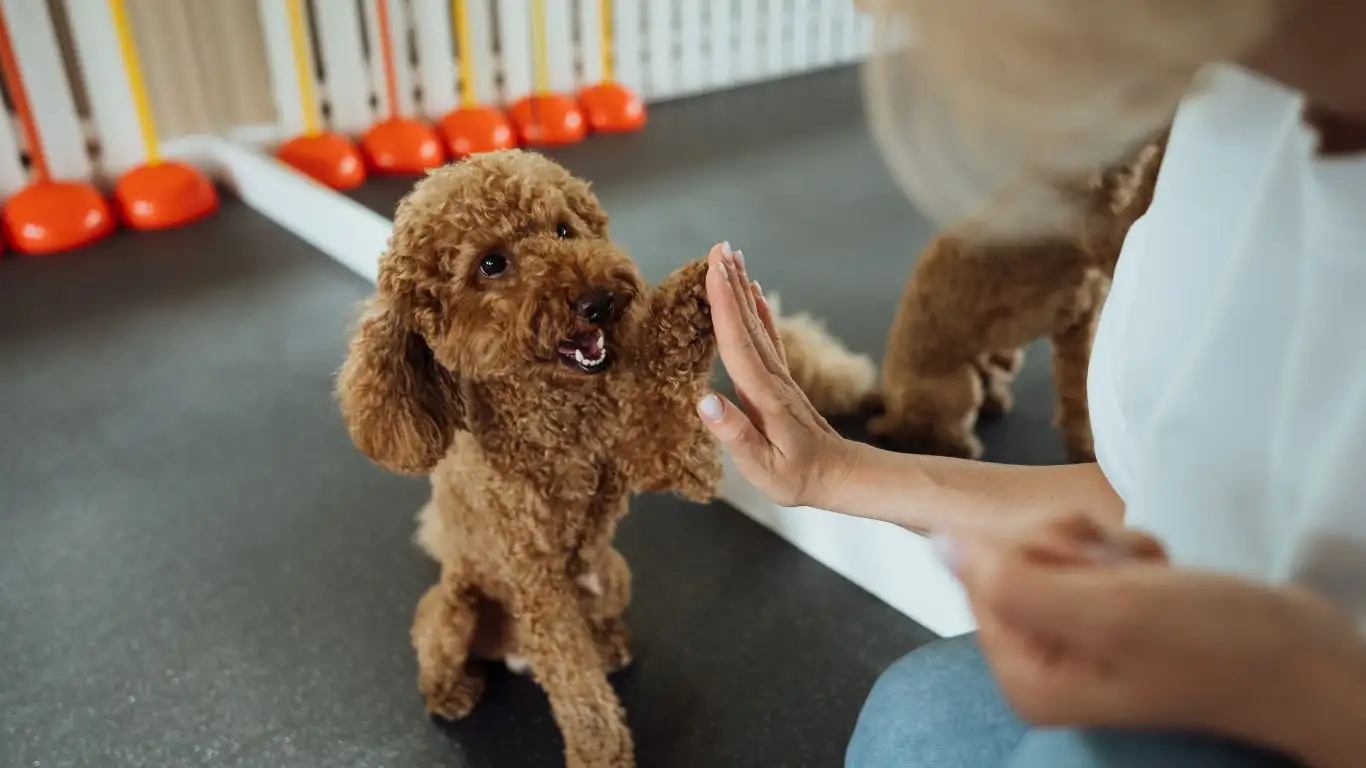
Subtle Signs of Stress You Might Be Missing
Sometimes it’s not about a full-on freak-out. Stress can look like lip licking, yawning, turning their head away, or even lifting a paw slightly. One of the therapy dogs I worked with—a sweet Collie named Bramble—used to just freeze up and tilt her ears back every time her owner brought out the brush. She wasn’t barking or growling, but she was definitely communicating discomfort. And that’s the key—you’ve got to listen to their whispers before they start shouting.
- Watch their tail—is it stiff, tucked, wagging low?
- Check the ears—are they pinned back or neutral?
- Look at the eyes—do they seem soft and relaxed or wide and whale-eyed?
Once you start seeing brushing from your dog’s perspective, you’ll shift how you approach it. The goal here isn’t just brushing—it’s creating a routine your dog can actually enjoy. And yes, that’s absolutely possible.
Don’t Force It—Work With Their Comfort Zone
This might sound obvious, but it’s one of the biggest mistakes I see. Owners mean well, but they think if they just hold the dog still and “get it over with,” things will get better. Spoiler alert: they usually don’t. In fact, that tactic can create a long-term aversion. Instead, start with short, positive brushing sessions—even just 10 seconds long. Reward generously, end on a good note, and slowly work your way up.
Bringing a relaxed, positive energy to brushing time changes everything. I always tell new dog parents and therapy handlers the same thing: “If you’re stressed about brushing, your dog will be too.” Breathe, smile, and treat it like play, not a chore. Your pup will pick up on your vibe, and you’ll start seeing small wins turn into big progress.
Turning Brushing Into a Game
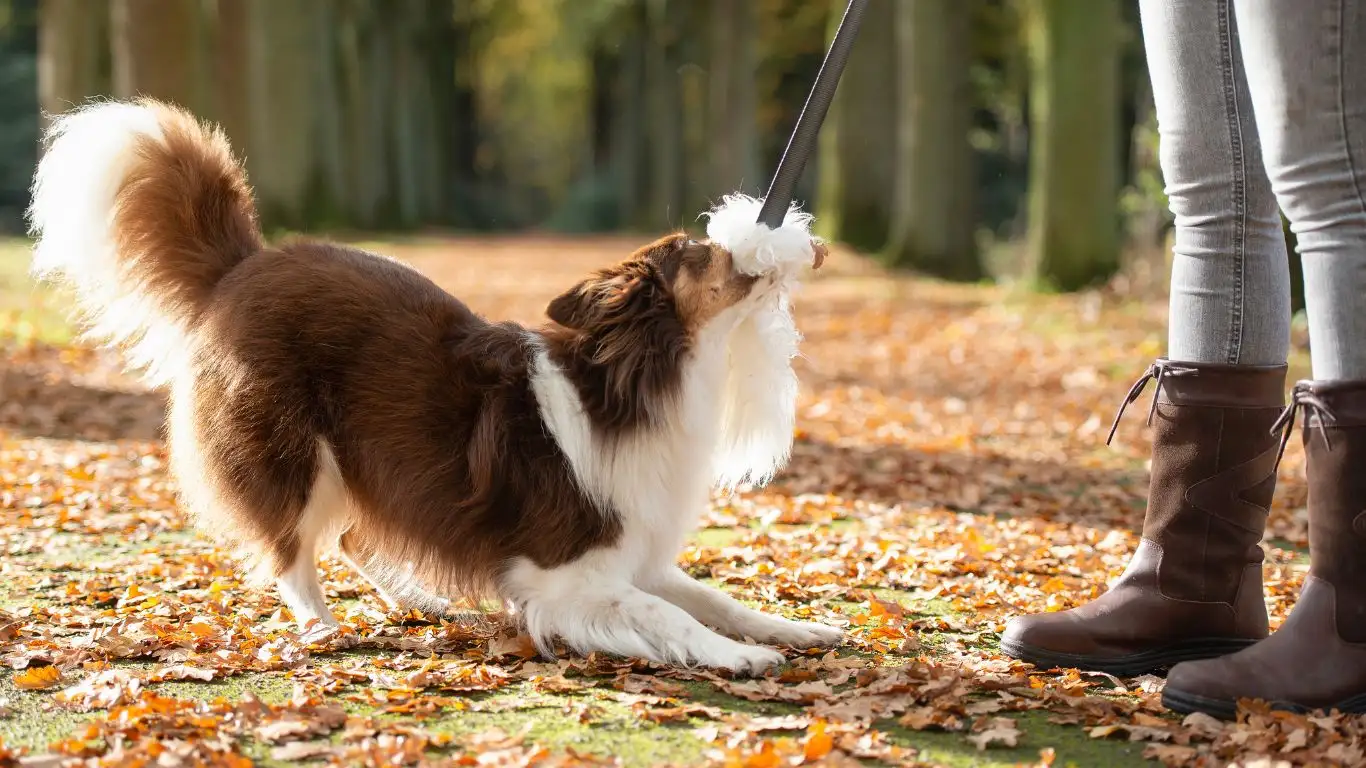
Play First, Groom Second
One trick that’s worked wonders with my more energetic canine clients is sneaking brushing into playtime. I remember working with a border collie named Jasper—this dog had energy for days. Sitting still? Not a chance. So, instead of trying to calm him down with commands, we tossed in a game of tug or fetch before attempting any grooming. The result? He burned off that extra steam and was way more tolerant of being brushed.
After some good play, I’d start brushing during short breaks, almost like it was part of the game. And guess what? His focus shifted. He didn’t even seem to notice the brush after a while—it was just part of our hangout. This method is golden for young dogs or breeds that need lots of mental stimulation.
Use Toys as Distraction Tools
Another little gem: distraction. I’m a huge fan of using lick mats with a little peanut butter (make sure it’s xylitol-free!) or stuffing a KONG with something delicious. Give that to your pup, and while they’re focused on licking, you can start a gentle brushing session. Start with easy-to-reach spots like their back or sides.
- Hot tip: Freeze the treat toy ahead of time—it lasts longer and keeps your pup engaged.
- Pro move: Introduce this combo even when you’re not brushing, so they don’t always associate it with grooming.
Choosing the Right Brush for Your Dog
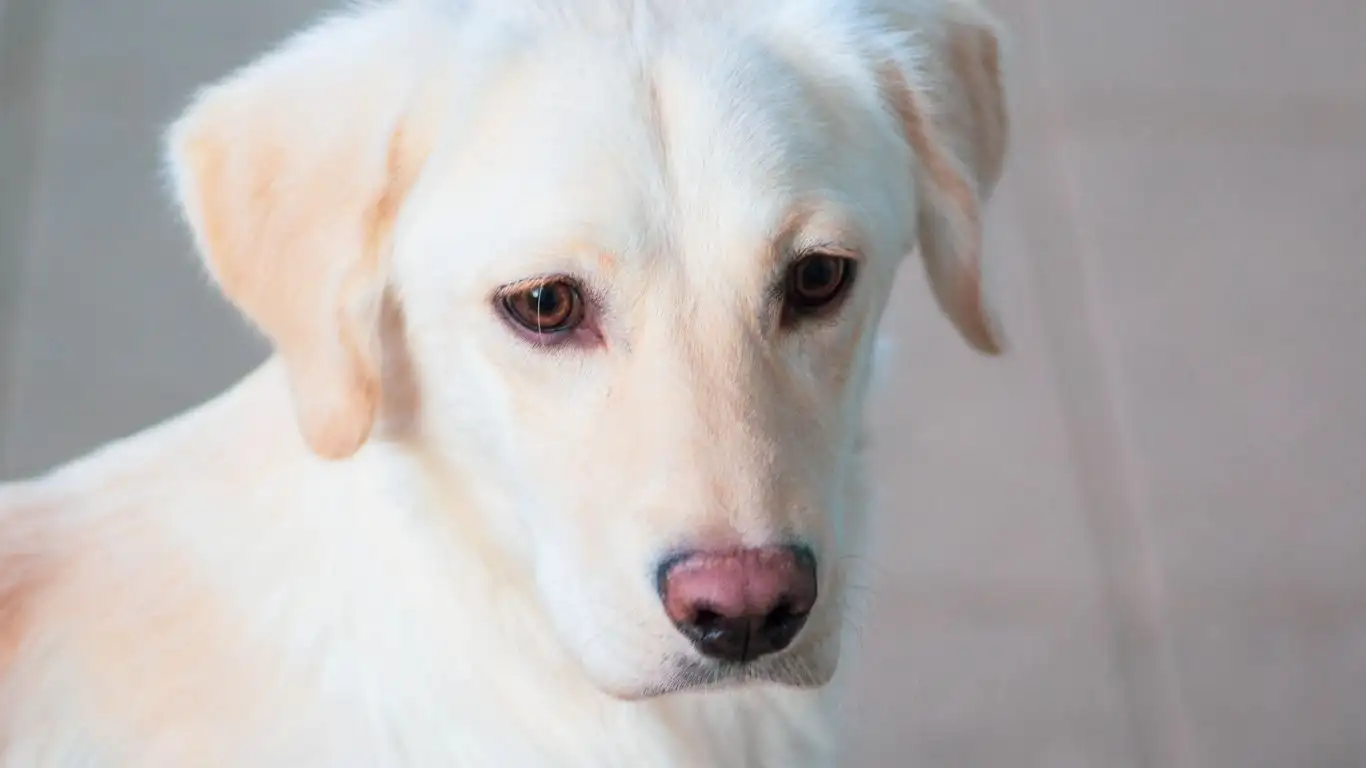
Not All Brushes Are Created Equal
One of the biggest mistakes I see dog owners make—especially first-time dog parents—is grabbing the wrong brush for their pup’s coat type. I get it. There’s a whole aisle of grooming tools, and they all kind of look the same. But trust me, the right brush makes a huge difference in your dog’s comfort and your success.
Here’s a quick breakdown I give in my beginner therapy dog classes:
- Slicker brush: Great for long-haired dogs like Goldens or Aussies. Helps with mats and tangles.
- Bristle brush: Best for short-haired breeds—think Beagles, Boxers.
- Rubber curry brush: Perfect for sensitive dogs and short coats. Feels like a massage.
- Deshedding tool: Use carefully and not too often—ideal for double-coated breeds like Huskies or Shepherds.
My advice? Try a couple and see what your dog responds to. Some dogs absolutely hate slicker brushes but melt into a puddle of joy when you use a rubber brush. Pay attention to their body language—it tells you everything you need to know.
Pick the Right Time and Environment
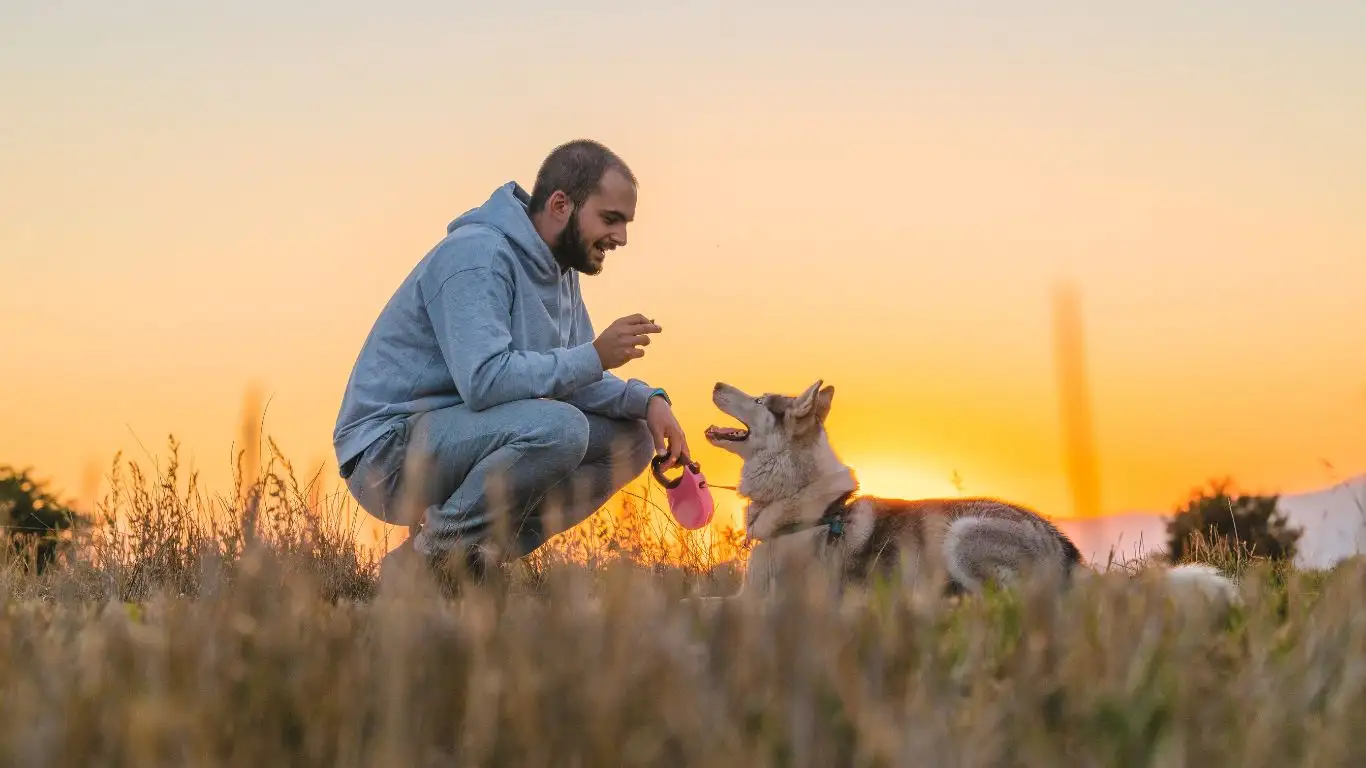
Timing is Everything
This one’s underrated but makes a world of difference. Don’t try brushing your dog when they’re amped up, hungry, or in full zoomie mode. I like to do brushing after a walk or play session when they’re already calm. Early evenings are usually perfect—dinner’s done, energy’s low, and everyone’s winding down.
Also, consider your own energy. If you’re stressed, rushing, or annoyed, your dog will feel that. Brushing should feel like a bonding moment, not a task to check off. Put on some soft music, grab your dog’s favorite mat or blanket, and make it feel cozy and safe. Think spa day, not chore hour.
Set the Stage for Success
Try to create a consistent spot where brushing happens. This helps your dog know what to expect. I have one client whose lab mix, Daisy, only tolerates brushing on the back patio. Why? That’s where she sunbathes, so she’s already chill and happy there. That space became her designated “brush zone,” and she even started laying down on her own when she saw the brush coming.
If indoors, pick a quiet, non-distracting space. No kids running through, no loud TV, and definitely no vacuum in sight. Keep everything calm and predictable. Over time, your dog will associate that specific spot with positive experiences—and the brush won’t seem nearly as scary.
Celebrate the Small Wins
Progress, Not Perfection
This is probably the most important advice I can give: don’t expect perfection. Especially not overnight. If your dog lets you brush one paw today without pulling away, that’s a win. Celebrate that. Praise them like they just aced their therapy dog exam. Dogs thrive on positive feedback, and building their confidence in these moments really pays off.
I’ve seen dogs who wouldn’t let anyone near them with a brush eventually fall asleep during a grooming session. It took time, patience, and a whole lot of turkey jerky—but it happened. The key is to acknowledge every step forward, no matter how small it seems.
- Start with 10-second sessions and build up.
- Focus on calm areas first—back, sides, shoulders.
- Use your voice. Be cheerful, encouraging, and light.
Remember, brushing doesn’t just keep your dog looking good—it keeps their skin healthy, strengthens your bond, and helps them feel safe in your care. It’s a beautiful form of connection once they trust the process. And once they do? That brush will become just another way you say “I love you.”
What to Do When Your Dog Still Resists Brushing
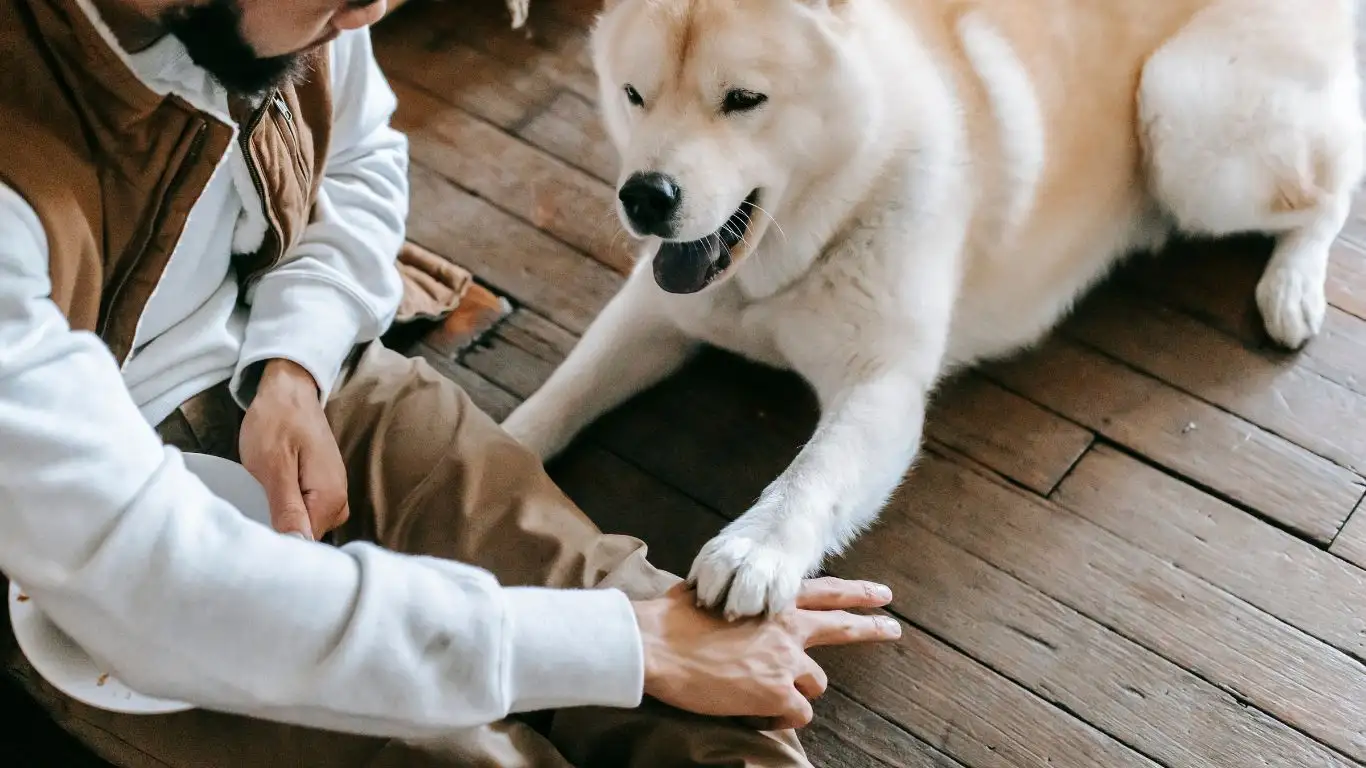
Don’t Panic—It Doesn’t Mean You’ve Failed
Even with all the prep, patience, and peanut butter in the world, some dogs still won’t be thrilled about brushing. And that’s okay. I’ve had canine therapy prospects that absolutely crushed obedience and socialization… but the moment a brush appeared? Nope. Total shutdown. One schnauzer in particular, sweet as pie, just couldn’t get comfortable no matter what we tried.
So what did we do? We pivoted. Instead of forcing the full grooming routine in one go, we focused on *desensitization*. That means breaking brushing down into micro-moments: just one stroke, one reward, walk away. The next day? Two strokes, two rewards. You get the idea.
When to Call in a Pro
If you’ve tried all the gentle methods, you’ve kept sessions short, used positive reinforcement—and your dog is still showing signs of fear or stress—consider working with a certified dog trainer or behaviorist. Sometimes it takes a third-party perspective to spot what might be missing or to guide you through counterconditioning in a more structured way.
Also, professional groomers who specialize in anxious or reactive dogs can be a game-changer. I’ve seen groomers with magic hands completely turn a dog’s mindset around. Look for someone who uses fear-free grooming techniques and has experience with behavior-based handling—not just cosmetic grooming.
Making Brushing a Lifelong Habit
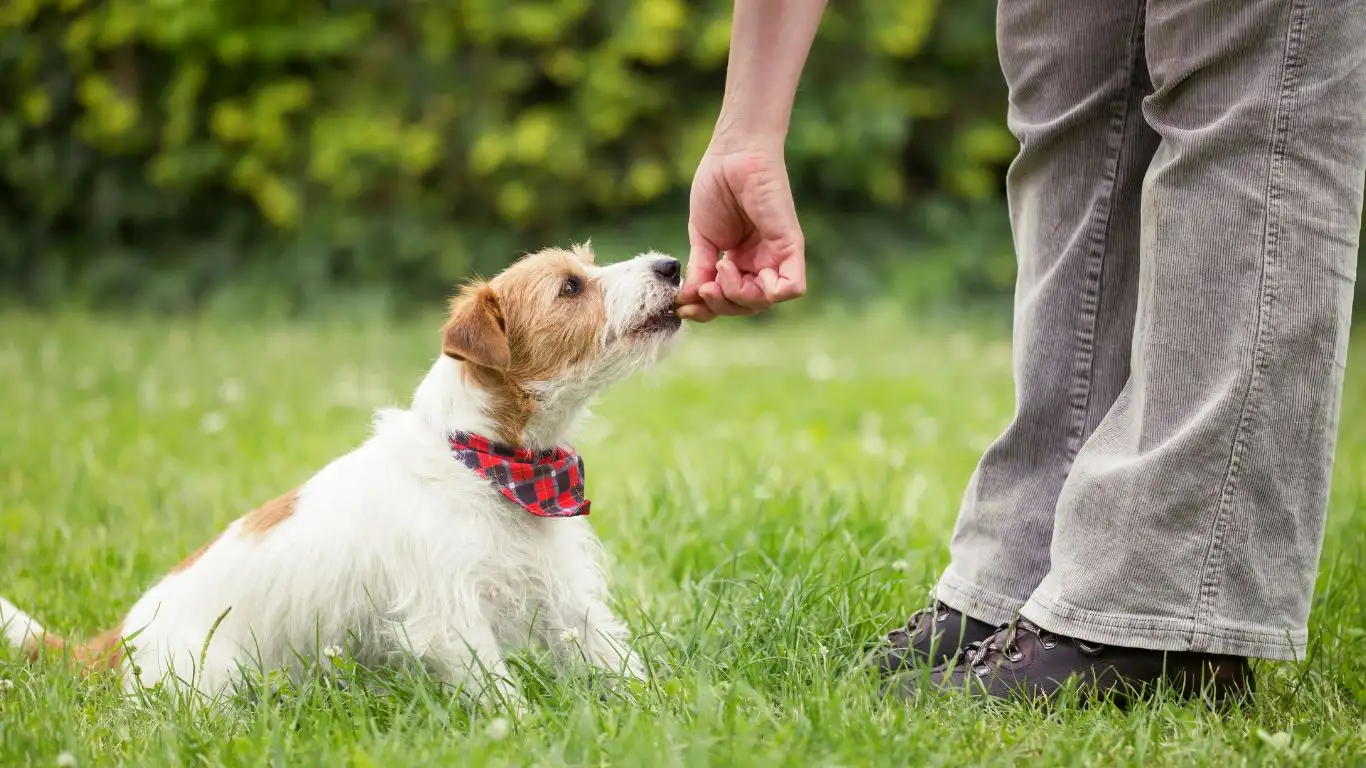
Build It Into Your Routine
Dogs love routine—it helps them feel safe. If brushing becomes a regular part of their daily or weekly life, it stops feeling like a big deal. I always recommend pairing brushing with something your dog already enjoys, like cuddling time after a walk or right before bed. Consistency is where the magic happens.
One of my long-time clients, a sweet senior lab named Max, absolutely hated being brushed as a pup. But we started integrating short brushing sessions after every evening potty break. Eventually, he’d walk over to his brush basket *on his own*—no kidding—and flop down like, “Alright, I’m ready.” That kind of shift only happens with regular, relaxed repetition.
Rotate Tools and Keep It Interesting
Just like us, dogs get bored. If you’re always using the same brush or same technique, they might start to resist—not because they hate brushing, but because it’s just not fun anymore. Try alternating tools or changing up your routine. Some dogs love a massage mitt or grooming glove just as much as a brush. Others respond better when you switch from sitting on the floor to brushing them on a raised surface like a grooming table or low bench.
- Mix it up: Use different brushes for different areas—soft for face, slicker for back.
- Try light aromatherapy: A calming scent in the room (like lavender) can help create a soothing space.
- End with something fun: A short play session, their favorite chew, or just cozy snuggle time.
Health Benefits of Brushing Beyond the Coat
It’s More Than Just Fur Deep
Training your dog to enjoy being brushed isn’t just about keeping them pretty—it’s about their overall wellbeing. Regular brushing allows you to spot health issues early: skin irritation, ticks, lumps, or even subtle changes in behavior. It’s a mini check-up you can do at home, and it builds your bond in the process.
According to PetMD, regular grooming also helps stimulate natural oil production in your dog’s skin, which keeps their coat shiny and healthy. For dogs with double coats, it prevents painful matting and helps regulate body temperature.
And let’s not forget the emotional benefits. Brushing can be calming and grounding, especially for dogs with anxiety or high energy levels. I’ve seen it become part of therapy sessions themselves—dogs learning to relax through the predictability and trust built during brushing time.
Final Thoughts
Your Dog’s Comfort Is the Real Goal
At the end of the day, training your dog to enjoy brushing is all about building trust, patience, and communication. Don’t stress about the perfect coat or Instagram-worthy grooming shots. Focus on how your dog feels. Are they relaxed? Do they feel safe? Are they starting to lean into the brush instead of away from it? Those are your real milestones.
Every dog is different, and progress won’t always be linear. Some days will feel like a win, others like a step back. That’s normal. Just keep showing up, keep rewarding the small wins, and adjust your approach based on your dog’s feedback. They’re always communicating—we just have to learn how to listen.
With time, brushing can become one of your most cherished bonding rituals. And honestly? There’s nothing quite like that moment when your dog, who used to bolt at the sight of a brush, starts to nuzzle into your hand as you groom them. That’s when you know you’ve done it right.
References
Disclaimer
This article is based on personal experience as a professional Canine-Assisted Therapy Trainer and general best practices in positive reinforcement dog training. It is not intended to replace veterinary advice or consultation with a certified behaviorist. For persistent grooming-related issues or signs of distress, please consult your vet or a certified animal behavior professional.
